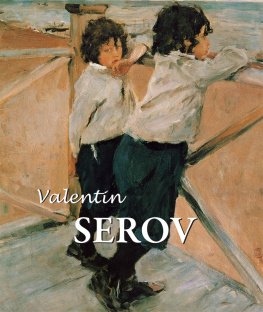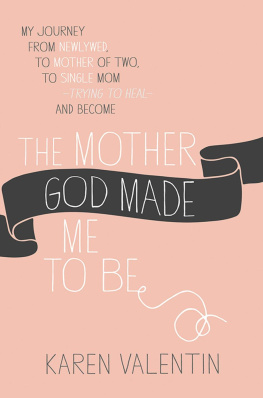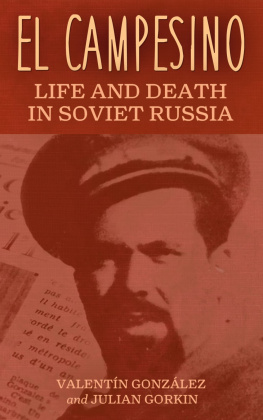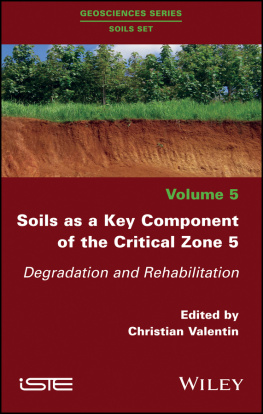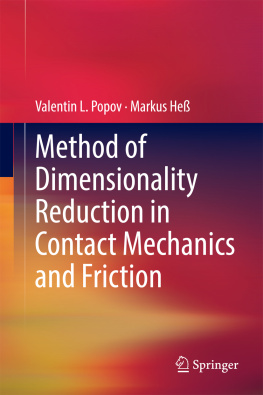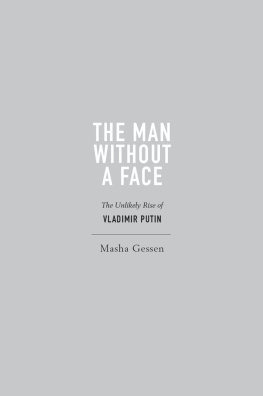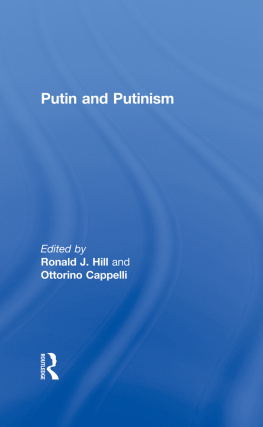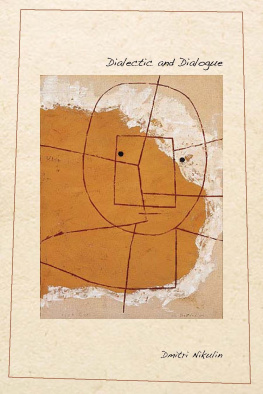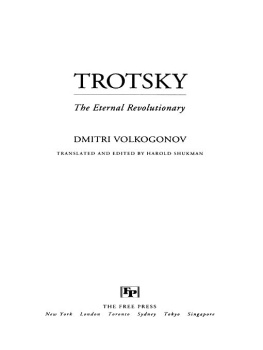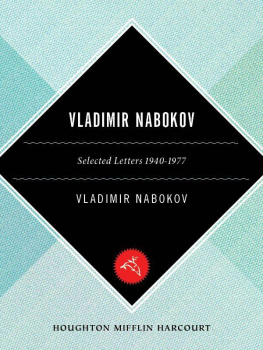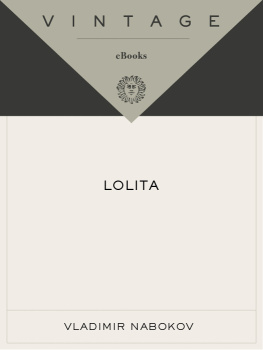Dmitri Vladimirovich Sarabianov [Дмитрий - Valentin Serov
Here you can read online Dmitri Vladimirovich Sarabianov [Дмитрий - Valentin Serov full text of the book (entire story) in english for free. Download pdf and epub, get meaning, cover and reviews about this ebook. year: 2012, publisher: Parkstone International, genre: Non-fiction. Description of the work, (preface) as well as reviews are available. Best literature library LitArk.com created for fans of good reading and offers a wide selection of genres:
Romance novel
Science fiction
Adventure
Detective
Science
History
Home and family
Prose
Art
Politics
Computer
Non-fiction
Religion
Business
Children
Humor
Choose a favorite category and find really read worthwhile books. Enjoy immersion in the world of imagination, feel the emotions of the characters or learn something new for yourself, make an fascinating discovery.
- Book:Valentin Serov
- Author:
- Publisher:Parkstone International
- Genre:
- Year:2012
- Rating:3 / 5
- Favourites:Add to favourites
- Your mark:
- 60
- 1
- 2
- 3
- 4
- 5
Valentin Serov: summary, description and annotation
We offer to read an annotation, description, summary or preface (depends on what the author of the book "Valentin Serov" wrote himself). If you haven't found the necessary information about the book — write in the comments, we will try to find it.
Dmitri Vladimirovich Sarabianov [Дмитрий: author's other books
Who wrote Valentin Serov? Find out the surname, the name of the author of the book and a list of all author's works by series.
Valentin Serov — read online for free the complete book (whole text) full work
Below is the text of the book, divided by pages. System saving the place of the last page read, allows you to conveniently read the book "Valentin Serov" online for free, without having to search again every time where you left off. Put a bookmark, and you can go to the page where you finished reading at any time.
Font size:
Interval:
Bookmark:
Author:
Dmitri V. Sarabianov
Layout:
Baseline Co. Ltd
61A-63A Vo Van Tan Street
4 th Floor
District 3, Ho Chi Minh City
Vietnam
Confidential Concepts, worldwide, USA
Parkstone Press International, New York, USA
Image-Bar www.image-bar.com
All rights reserved.
No part of this publication may be reproduced or adapted without the permission of the copyright holder, throughout the world. Unless otherwise specified, copyright on the works reproduced lies with the respective photographers, artists, heirs or estates. Despite intensive research, it has not always been possible to establish copyright ownership. Where this is the case, we would appreciate notification.
ISBN: 978-1-78310-024-8
Dmitri V. Sarabianov
Valentin Serov

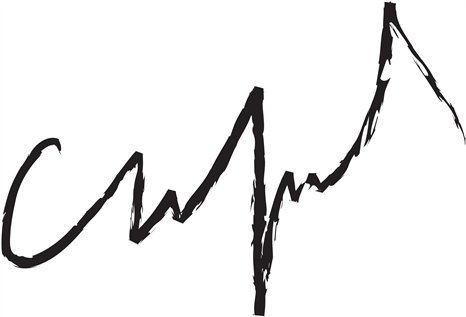
Contents
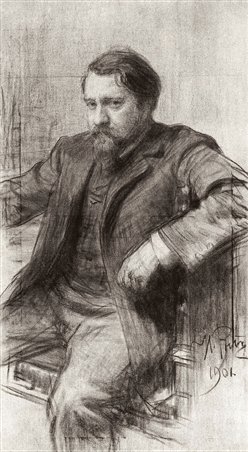
Ilya Repin , Valentin Serov, 1901.
Charcoal on canvas, 116.5 x 63.3 cm .
The State Tretyakov Gallery, Moscow.

Open Window. Lilacs (study), 1886.
Oil on canvas, 49.4 x 39.7 cm .
National Art Museum of the Republic of Belarus,
Minsk.
The sublime imagery of the great icon painters, the portraiture of the 18 th and 19 th centuries, the paintings of sea, snow, and forest, the scenes of peasant life and the historical works of the Itinerants, the stylishness of the World of Art movement, the bold experimentation of the artists of the early 20 th century To anyone unfamiliar with Russian painting, its richness and diversity may well come as a surprise or at least an exciting revelation.
The Academy of Sciences was established in St Petersburg by a decree of the governing senate on 28 January (8 February) 1724, following an order of Emperor Peter the Great. Peter the Greats decision to build a capital that would be a window on Europe had considerable significance for Russian painting. First, he lured architects, craftsmen, and artists to Russia from various parts of Europe, both to design and decorate the buildings of St Petersburg and to train their Russian contemporaries in the skills needed to realise his plans for modernising the whole country. With similar aims in mind, he paid for Russian artists to study abroad and planned to establish an art department in the newly created Academy of Sciences.
After Peters death, these plans reached fruition with the 1757 founding of the Imperial Academy of the Arts, which opened in earnest six years later. For more than a hundred years the Academy exerted a powerful influence on Russian art. It was supplemented by a preparatory school, where budding artists were sent when they were between six and ten years old.
It was rigidly hierarchical, with titles ranging from artist without rank to academician, professor, and councillor. Students who had the stamina to do so toiled at their studies for fifteen years. And, until the last quarter of the 19 th century, it was dominated by unquestioning acceptance of classical ideas. Russian artists frequently found the Academys regulations and attitudes frustrating, but it did have the merit of making a comprehensive and rigorous artistic education available to those who showed signs of talent.
Initially the staff of the Academy included a preponderance of foreign mainly French and Italian teachers. As a result, Russian painting during the second half of the 18 th and first half of the 19 th centuries owed a great deal to the fashions prevalent in other parts of Europe, which tended to reach Russia with some delay.
Given the distance from St Petersburg and Moscow to the Western European capitals, this lag is hardly surprising. But Russian painters did have considerable opportunities to familiarise themselves with Russian and non-Russian art, both thanks to the circulation of reproductions (often in the form of engravings and lithographs) and to the art-buying habits of the ruling class.
As well as funding the Academy (including travel scholarships for graduates), Catherine the Great bought masterpieces of French, Italian, and Dutch art for the Hermitage. During the French Revolution, her agents and Russian visitors to Paris in general were able to pick up some handy bargains, as the contents of chateaux were looted and sold off.
However, although the Academy boasted a diverse and fairly liberal collection of foreign masterpieces, not all of the students were content. In 1863 the year that the first Salon des Refuss was held in Paris fourteen high-profile art students (thirteen painters and one sculptor) resigned from the Imperial Academy of Arts in St Petersburg in protest against its conservative attitudes and restrictive regulations. Their next move was to set up an artists cooperative, although it soon became apparent that a more broadly based and better organised association was needed, eventually leading to the formation of the Society for Itinerant Art Exhibitions.
The Society was incorporated in November 1870, and the first of its forty-three exhibitions was held in November 1871 (the last one took place in 1923). The four artists who spearheaded the Societys founding were Ivan Kramsko, portrait, historical, and genre painter, who taught at the Society for the Encouragement of Artists school of drawing in St Petersburg before being given the rank of academician in 1869; Vassily Perov, portrait, historical, and genre painter who taught painting at the School of Painting and Architecture in Moscow from 1871 to 1883; Grigory Miasoyedov, portrait, historical, and genre painter who lived in Germany, Italy, Spain, and France after completing his studies at the Academy in St Petersburg and was one of the board members of the Society for Itinerant Art Exhibitions, and finally, Nikola Gay, religious and historical painter, portraitist and landscape artist, sculptor and engraver who also wrote articles on art. First a student of physics and mathematics at the St Petersburg State University, he entered the Academy of Arts as a teacher as of 1863.
One of their primary concerns, reflected in the name of the Society, was that art should reach out to a wider audience. To further that aim perhaps inspired by the narodniki (the Populists then travelling around Russia preaching social and political reform) they undertook to organise circulating exhibitions, which would move from one town to another.
And like the Impressionists in France (who also held their first exhibition in 1874), the peredvizhniki variously translated as Itinerants, Travellers, and Wanderers embraced a broad spectrum of artists, with differing styles and a great variety of artistic preoccupations. But, initially at least, the Society was a more tightly knit organisation, and ideologically its aims were more coherent.
Living at the time when the writings of Alexander Herzen, Nikolay Chernyshevsky, Ivan Turgenev, Fyodor Dostoyevsky, and Leo Tolstoy were awakening social consciences, most of the Itinerants were actively concerned with the conditions in which the ordinary people of Russia lived, and strove to stimulate awareness of the appalling injustices and inequalities that existed in contemporary society. The artistic movement that focused on these concerns came to be known as Critical Realism.
Next pageFont size:
Interval:
Bookmark:
Similar books «Valentin Serov»
Look at similar books to Valentin Serov. We have selected literature similar in name and meaning in the hope of providing readers with more options to find new, interesting, not yet read works.
Discussion, reviews of the book Valentin Serov and just readers' own opinions. Leave your comments, write what you think about the work, its meaning or the main characters. Specify what exactly you liked and what you didn't like, and why you think so.

